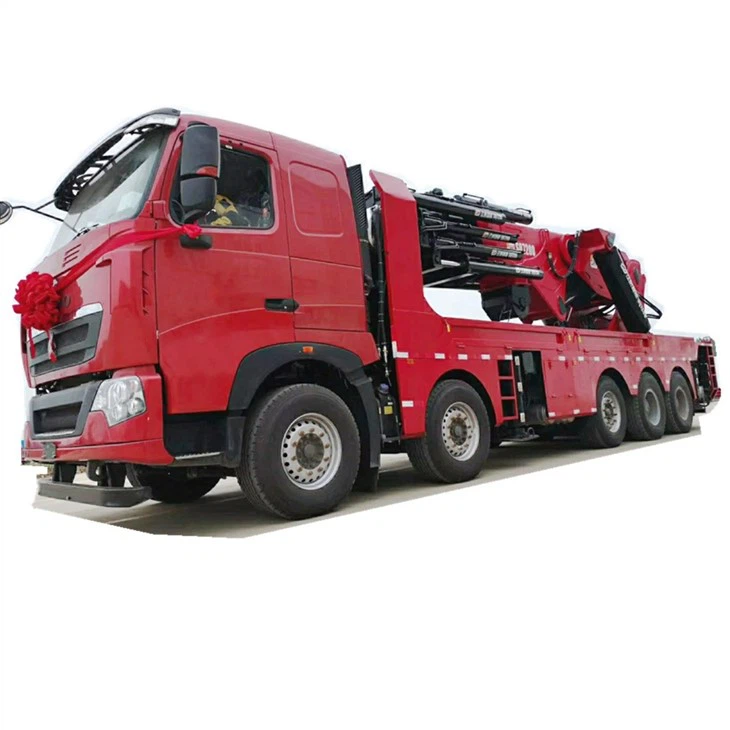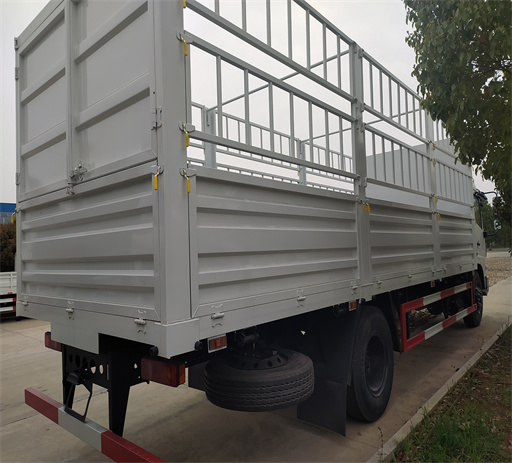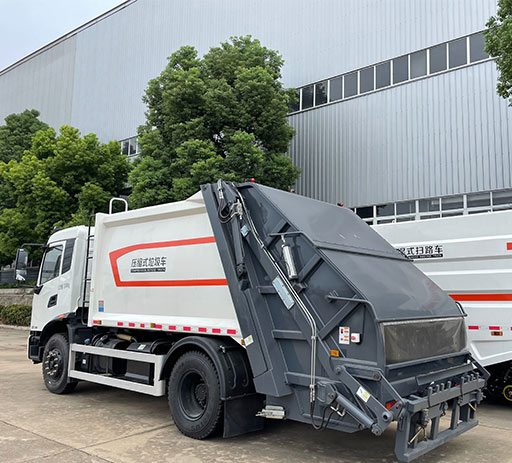Understanding Garbage Truck Fabric: The Ultimate Guide

Garbage trucks play a critical role in keeping our communities clean and safe. However, many people are unaware of the intricacies that go into the making of these essential vehicles, particularly regarding the materials used. One such material that deserves attention is garbage truck fabric. This article aims to provide a comprehensive overview of garbage truck fabric, its importance, types, maintenance, and other related aspects.
What is Garbage Truck Fabric?
Garbage truck fabric refers to the specialized materials used in the construction of garbage trucks, particularly in the areas that experience heavy wear and tear. These fabrics are designed to withstand harsh environmental conditions, resist ripping and tearing, and minimize exposure to contaminants.
Why is Garbage Truck Fabric Important?
The fabric used in garbage trucks is essential for several reasons:
- Durability: Garbage trucks face rough handling and exposure to various weather conditions; thus, the fabric must be robust.
- Safety: The choice of fabric impacts the safety of waste transportation, helping to protect workers and the environment.
- Cost-Effectiveness: Using high-quality fabric can reduce maintenance costs and extend the service life of the truck.
Types of Garbage Truck Fabrics
1. Vinyl Fabric
Vinyl fabric is popular for garbage trucks due to its waterproof properties and resistance to abrasions. It’s easy to clean and maintain, making it a practical choice for waste management companies.
2. Canvas Fabric
Canvas is known for its strength and durability. Although it may not be as waterproof as vinyl, it offers excellent resistance to tearing and is often treated with coatings to enhance its weatherproof capabilities.
3. Tarp Fabrics
Heavy-duty tarp fabrics are often used in truck covers due to their resilience and capacity to handle heavy loads. They can be made from synthetic materials like polyethylene or polypropylene.
4. Composite Fabrics
Composite fabrics may blend different materials to offer various benefits, such as enhanced waterproofness, UV resistance, and durability. These fabrics are custom-made for specific truck applications.
Choosing the Right Garbage Truck Fabric
When selecting the ideal fabric for a garbage truck, several factors should be considered:
1. Load Type
Different types of waste may require specific fabric qualities. For instance, sharp or hazardous materials call for a more robust fabric that can withstand punctures.
2. Environmental Conditions
If the truck operates in extreme weather conditions, it should feature fabrics that resist UV rays and heavy moisture.
3. Maintenance Requirements
Some fabrics require more maintenance than others. Consider how much time and resources are available for regular upkeep.
4. Cost vs. Quality
While it is tempting to choose the cheapest option, investing in high-quality fabric often leads to better long-term results.

Practical Tips for Maintaining Garbage Truck Fabric
1. Regular Cleaning
Keeping the fabric clean can help prevent the buildup of grime and contaminants that can degrade its quality. Use water and mild soap for routine cleaning.
2. Inspect for Damage
Frequent inspections can help identify wear and tear before it becomes a severe issue. Look for tears, holes, or areas where the fabric may be thinning.
3. Prevent Exposure to Chemicals
Avoid exposing the fabric to harsh chemicals that could weaken its structural integrity or color. Always follow safety protocols when handling waste materials.
4. Use Protective Coatings
Consider applying protective coatings that can enhance the water and UV resistance of the fabric, thus prolonging its lifespan.
Innovations in Garbage Truck Fabric Technology
1. Eco-Friendly Fabrics
In recent years, there has been a shift towards eco-friendly materials. Companies are exploring biodegradable or recycled materials that can effectively serve the same purpose while minimizing environmental impact.
2. Smart Fabrics
Some manufacturers have begun to incorporate smart technologies into their fabrics, such as moisture sensors or color-changing indicators that signal when cleaning is necessary.
Comparing Fabric Costs: A Table Overview
| Fabric Type | Cost per Yard | Durability | Water Resistance |
|---|---|---|---|
| Vinyl | $8 – $15 | High | Excellent |
| Canvas | $5 – $12 | Medium | Good (with treatment) |
| Tarp Fabric | $10 – $20 | Very High | Excellent |
| Composite | $15 – $25 | Very High | Excellent |
Challenges in Using Garbage Truck Fabric
1. Environmental Impact
The production and disposal of certain fabrics can contribute to pollution. It’s crucial to consider eco-friendly options whenever possible.
2. Supply Chain Issues
Recently, supply chain disruptions can affect the availability and cost of materials, making it harder for waste management companies to acquire the needed fabrics.
3. Safety Standards Compliance
Meeting local and national safety regulations is vital. Ensuring that the chosen fabric complies with these standards can be a challenge.
The Future of Garbage Truck Fabrics
1. Greater Customization
Future innovations may lead to more customized fabric options tailored to specific needs, improving functionality and performance.
2. Enhanced Sustainability
With an increasing focus on sustainability, the development of eco-friendly materials is expected to rise, inviting a new era of garbage truck fabric manufacturing.
3. Increased Use of Technology
With advancements in material science, future garbage truck fabrics may incorporate technologies such as temperature regulation and self-repair capabilities.
Frequently Asked Questions
1. What type of fabric is best for garbage trucks?
The best type depends on your specific needs, but heavy-duty vinyl and tarp fabrics are among the most commonly recommended for their durability and water resistance.
2. How often should garbage truck fabric be cleaned?

A regular cleaning schedule, ideally every few weeks, can help maintain the quality of the fabric and keep it free from contaminants.
3. Can I repair damaged garbage truck fabric?
Yes, small tears or holes can often be patched using fabric repair kits available in the market.
4. What are the eco-friendly fabric options for garbage trucks?

Look for fabrics made from recycled materials or biodegradable blend fabrics that provide functionality without harming the environment.
5. How can I prevent mold and mildew on garbage truck fabric?
Ensure that the fabric remains dry and clean, and consider using anti-fungal sprays designed for outdoor fabrics.
6. Are there warranties available for garbage truck fabrics?
Many manufacturers offer warranties on their fabrics, usually ranging from a few months to several years, depending on the type and quality of the fabric.
